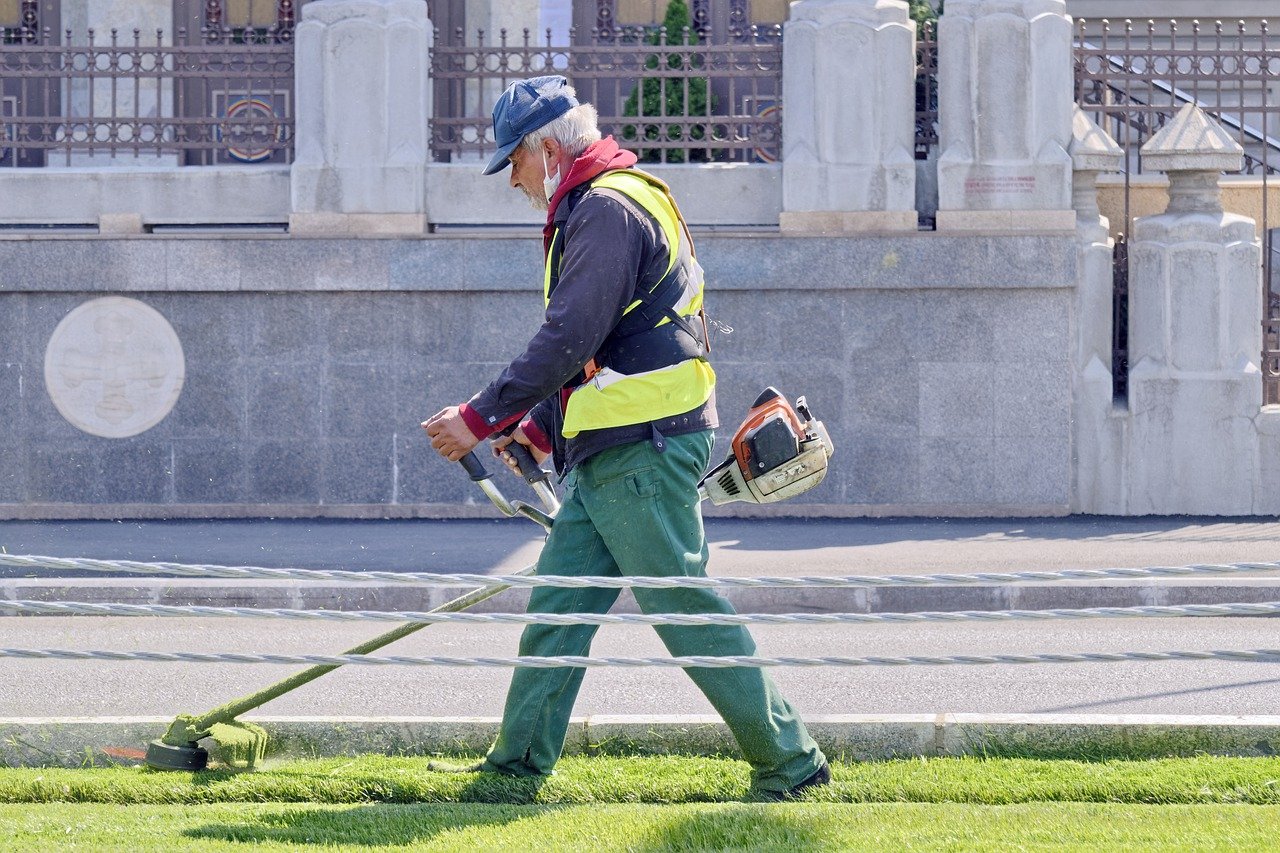Does your weed eater stall when you give it the throttle? There’s a wide range of reasons that could be causing this, and they all need you to pull your sleeves up and start working.
It could be an insufficient air intake, an issue with the exhaust, too much oil, or a problem with the fuel. It could also be a result of improper operation, such as overusing the choke. How do you know which one of them is it? That’s what we’re here to show you!
What to Do When Your Weed Eater Stalls When Given Throttle
Most weed eater owners went through this at least once: they give the eater the throttle, preparing for fueling it, and it dies. To pinpoint the issue, you’ll need to do some troubleshooting on certain parts of the eater.
Here’s what you’ll need to do.
Do a Quick Check-Up
First things first, when your weed eater refuses to work, you need to check if it has enough fuel. It seems like stating the obvious, but a lot of people forget it in a moment of frustration.
If you’ve got that covered, it’s time to check the primer bulb. If it’s not filling correctly, there’s a high chance the weed eater will stall and refuse to work. That’s why it’s best to check it before you start the engine.
Next, you’ll want to check that the primer bulb isn’t cracked. Over time, these bulbs tend to break, and they’ll look like they have dry rot. If this happens, the bulb will likely suck in the air when you depress it, which will compromise the device’s work.
If the previously-mentioned conditions are out of the question, it’s time to wonder about the type of gas you’re using. If you’re using a specific mixture for the first time, it may let the weed eater start, but it’ll die once you give it the throttle. This issue especially occurs with ethanol-based gas.
Check the Fuel Filter
If your weed eater starts just fine, but it dies once you rev up the throttle, there’s a high chance your problem lies with the fuel filter. It’s most likely restricted, letting only a small amount of fuel pass through. Too many impurities can cause that, and it can be a two-stroke oil gone bad. A lot of people think it doesn’t spoil, but it does when left unused for long.
If that’s the case, you can clean the filter, and it’ll work fine afterward. If it’s beyond being cleaned, you can buy a new one. It’s probably the easier choice since fuel filters are so cheap, anyway.
Check the Air Filter
After the fuel passes through the filter, it reaches the carburetor, where it’s burned off after mixing with air. If there’s no air, the engine will get suffocated, and it’ll refuse to work when given the throttle.
The lack of air inside will likely be a result of a clogged air filter. That’s where you should check after you’re sure the fuel filter is clear.
Issues associated with the air filter are likely easy to solve. It may be a mere knob that needs to be turned or a screw that needs unscrewing. That way, you remove the filter’s cover and have access to what’s inside. Next, you’ll only need to clean it or replace it if it’s gone bad.
Clean the Carburetor
The carburetor is the main part of gas-powered engines. It’s responsible for blending the air and fuel so that they start the combustion engine.
Most weed eater users don’t like dealing with the carburetor, and they’re right. It’s one of the most frustrating parts of engines because there are a lot of things that can go wrong with it, and it’s left to you to figure out what’s wrong.
Luckily for you, the dying-when-throttled issue slims down the potential causes. The higher chance goes to a clogged carburetor. As you probably noticed, most fuel problems happen due to something blocked here or there.
In this case, you only need to clean the carburetor using a cleaning kit. If that’s not the case, proceed with the next step.
Adjust the Idle Speed
Adjusting the idle speed is a bit more technical than cleaning the carburetor, and it’s better to get a rebuild kit beforehand to make your mission easier. That way, you find your way back when reassembling the carburetor.
For starters, check the current idle speed; it may be too slow for the engine to keep working. To adjust it, locate the screw; it’s mostly placed behind the air filter. When changing it, only do a quarter a turn before trying to restart the engine. If it doesn’t start, proceed with the next step.
Replace the Diaphragm
If all the previous steps don’t work, which is a low chance, you’ll be left with the diaphragm that lies inside the carburetor. The flaps around it may be worn out or cracked, which may be causing the eater’s starting problem. These are easily replaced, and you’ll likely find detailed steps in your user manual. If not, you can always check the manufacturer’s website.
Diaphragms are generally easy to replace as a whole. You’ll only need to take the diaphragm and place it flat in the carburetor’s recess. Then, reassemble the device following the same steps you did earlier when disassembling.
If this doesn’t fix the weed eater’s problem, you may need to resort to calling a professional to handle it for you.
Final Thoughts
If your weed eater stalls when given throttle, there’s no need to worry. Your issue is probably minor and easy to solve. It’s often a problem of a clogged filter, which should be easy enough to solve by yourself.
If that’s not the case, there’s nothing wrong with ringing up a professional or calling the manufacturer’s company to handle it for you. Some issues are just out of our league, and hopefully, this isn’t one of them!

